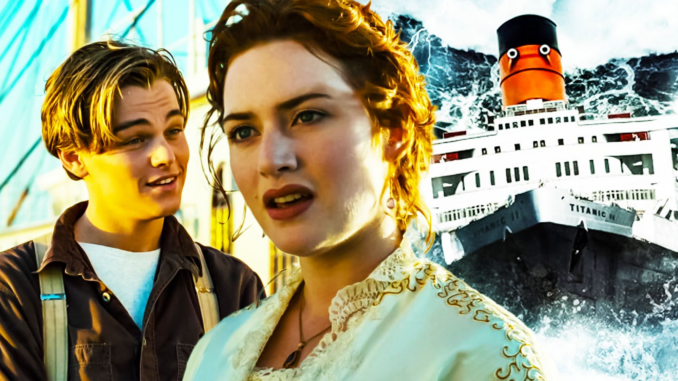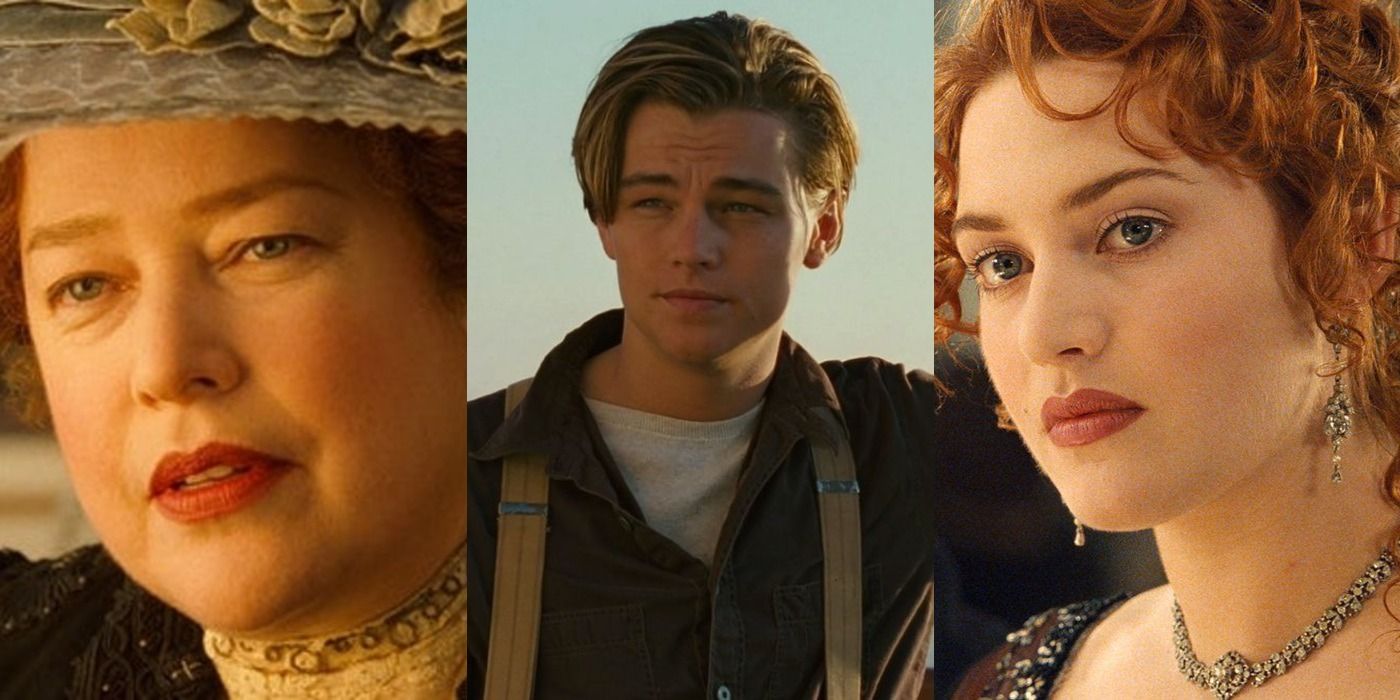
It’s been 20 years, but James Cameron still has a lot to say about Titanic. (We imagine that even in 84 years, there will be much to say.) In a letter excerpted in the Sherry Lansing autobiography Leading Lady, the director dives back into the headspace of making the romantic epic, telling set stories he’s fondly told before about the movie that went on to become the biggest blockbuster of its time. Every element of making the film was hellish, it seemed, from its development, to its ballooning cost, to orchestrating the special effects, to picking out a release day. Every time a new problem was fixed, another one appeared, like an iceberg in the distant fog. However, there was one scene in the film that Cameron—and more importantly, the studio—points to as the moment that locked in audiences once and for all, transforming Cameron’s folly into a bona fide hit.

The road to making one of the most successful films in history was long and treacherous. Cameron and his team were constantly editing Titanic’s special effects and music, racing against the clock in order to also cut down the movie’s incredibly long runtime. “It was like cutting a diamond. We didn’t want to screw it up by hacking at it, but we were desperate to get it shorter,” he says in the excerpt. In another Titanic-specific excerpt from Lansing’s memoir, Fox executive Bill Mechanic remembers that Cameron could be explosive on the set, storming off one night after getting too many proposed cuts. “If he’d had a gun in his trailer, he would have shot me,” Mechanic recalls.

On the studio’s side, it didn’t help that Cameron was an extremely detailed director, unwilling to cut corners. Fred Gallo, the head of physical production, recalls how Cameron was determined to build sets with real wallpaper and shoot “a special submarine,” the only one of its kind in existence. “It was Russian and he had to have it,” Gallo said. “They brought it in, and on the first day they had power problems and couldn’t shoot.”
Lansing, a firm believer in the film from the outset, was blown away by the details once she saw them in person. “I walked through the ship, and I was taken back in time,” she said of one set visit. “They’d re-created everything, and the specificity of the details, right down to the period dishes, blew my mind.”
